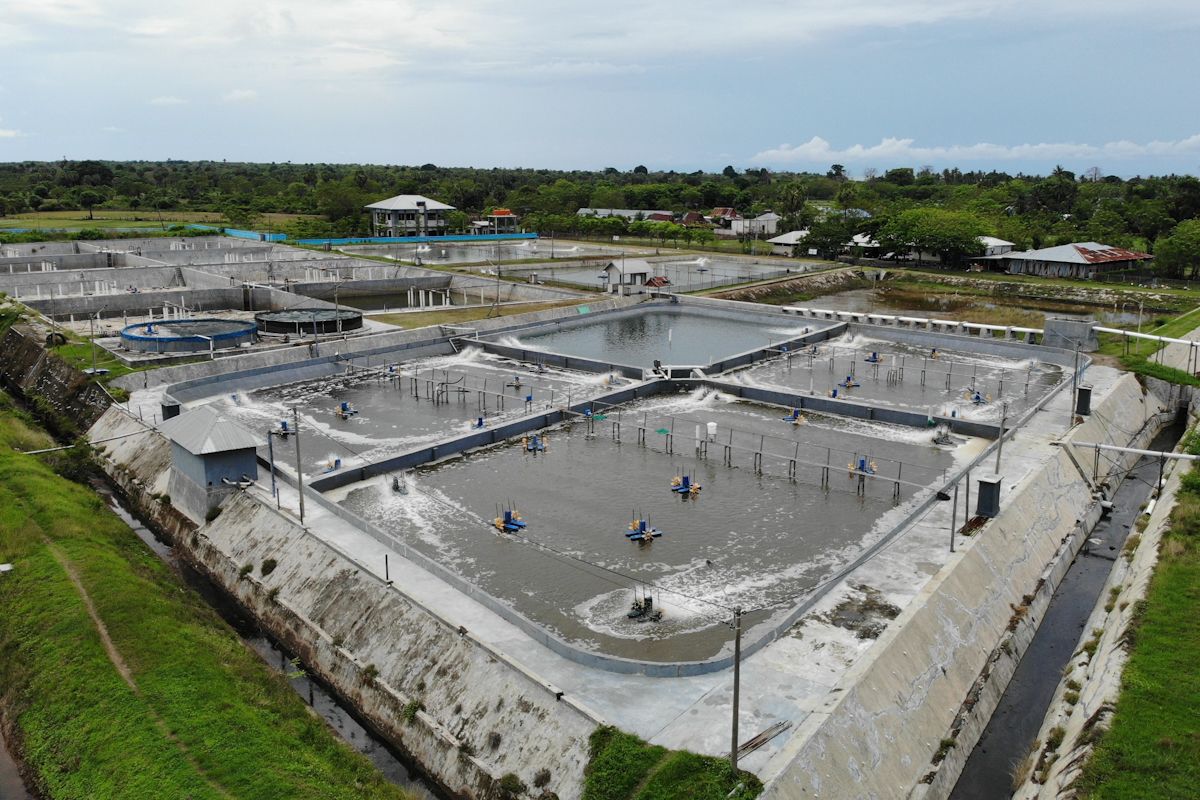List of 5 Most Dangerous Seas in the World
In this article we'll reveal discovery of the most dangerous seas in the world, taking into account ranging factors like locations & piracy activities

TEMPO.CO, Jakarta - The space perspective of the Earth shows the significance of , covering nearly 71 percent of Earth’s surface. However, even with an average depth of 3,688 meters, scientists and researchers have only explored 10 percent of the entire portion due to the extreme conditions.
Among the major known oceans, like the Pacific Ocean, Atlantic Ocean, Indian Ocean, Southern Ocean, and Arctic Ocean, the most dangerous seas in the world present uncertain journeys for marine members and seafarers alike.
In this article, we’ll reveal the discovery of the most dangerous in the world, taking into account ranging factors like inaccessible locations, perilous weather conditions, piracy activities, and maritime disasters.
5 Most Dangerous Seas in the World
IFL Science, Marine Insights, and How Stuff Works highlighted Bermuda and the South China Sea as two of the most dangerous seas in the world. Other contenders are as follows:
-
Bermuda Triangle
Spanning through a 1.3 million square kilometer area between Bermuda, Puerto Rico, and the southern tip of Florida, the Bermuda Triangle remains an infamous addition to the list of the most dangerous seas in the world. Over the past decades, there have been numerous mysterious shipwrecks and disappearances believed to be linked to its boundaries.
Despite not having a concrete explanation for each of the phenomena, many people began to create more fascinating reasonings, from natural disasters and alien abductions to an even underwater city.
-
South China Sea
The South China Sea reportedly has a long history of pirate activities, experiencing 184 total vessel losses between 2014 and 2023. Additionally, this small part of the Pacific Ocean is also prone to extreme weather due to its location that encloses tropical archipelagos Indochina, Indonesia, and the Philippines. Severe climate occurrences include strong currents, typhoons, and high winds during the monsoon seasons.
As mentioned by IFL Science, the South China Sea is closely tied to military confrontations in the past, leading to some long-standing geopolitical tensions. These circumstances create even more hazardous journeys for seafarers.
-
Drake Passage
Drake Passage, also known as the “Sea of Hoces,” is one of the most dangerous seas in the world, renowned for its stormy circumstances and hostile currents. At its peak, the Drake Passage is capable of creating waves from its strong winds ranging from 9 to 12 meters.
It’s even shocking that the Sea of Hoces, whose passage stretches between Antarctica to Cape Horn in South America and the Atlantic and Pacific Oceans, doesn’t actually have any large landmasses, resulting in its currents flowing freely.
-
Bering Sea
With an average depth of 60 meters, the Bering Sea is a notorious marine route that has claimed the lives of many people. Across its passage, the Bering Sea connects shallow depths, strong currents, extreme weather, and sea ice, making it one of the world’s most dangerous waters. Its location that is sprawled between eastern Russia and Alaska presents a rather cold water during winter, with minimum temperature reaching -45°C.
-
Bay of Biscay
Rounding out the list of the most dangerous seas in the world is Bay of Biscay where large swells, sudden storms, and strong winds are expected. The natural causes have made it difficult even for seasoned seafarers to sail across the powerful waves. While the route presents treacherous journeys throughout the year, navigational hazards are commonly found from October to April.
The vast and unpredictable nature of the most dangerous in the world serves as a reminder of the immense power of the ocean. For a similar coverage, check out .
Awab Elbashir contributed to the writing of this article.
Editor's Choice:
to get the latest news updates from Tempo on Google News




















